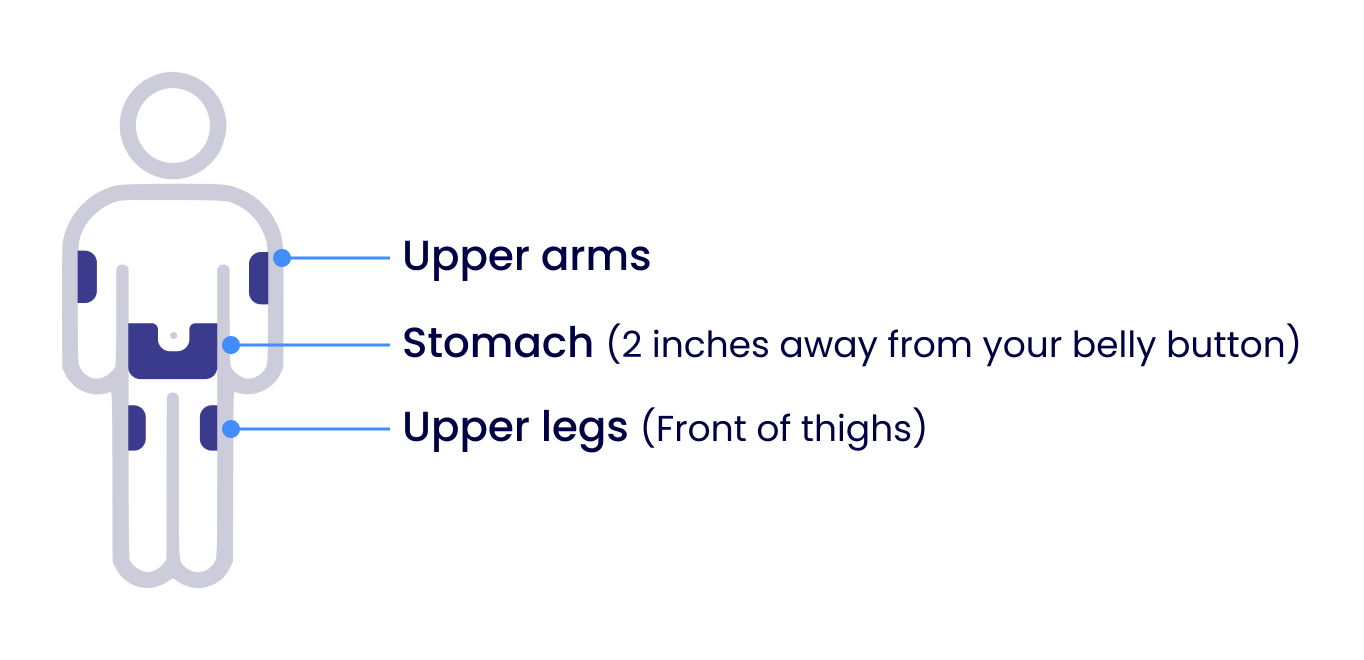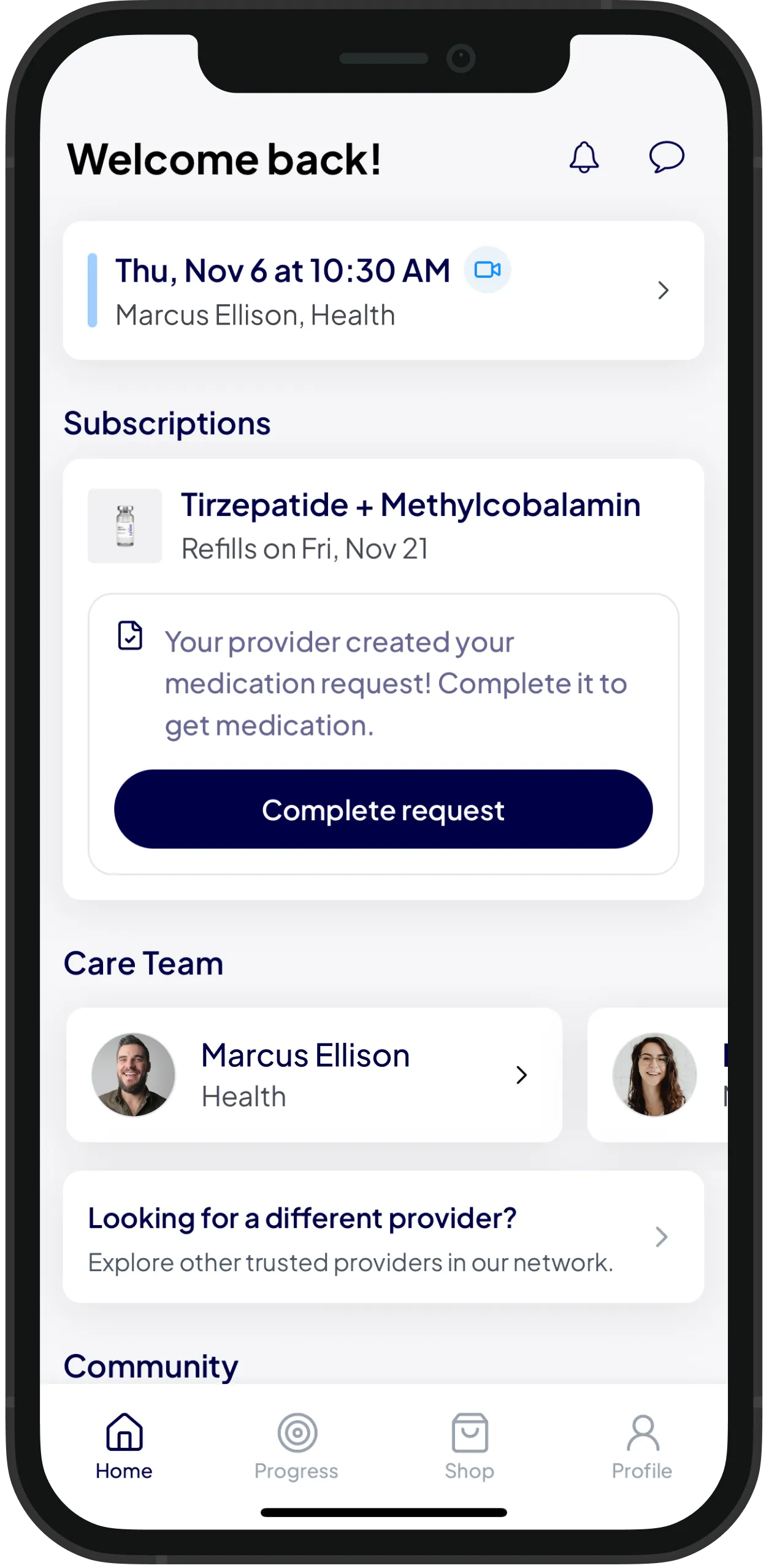We know dosing with concentration and units can be confusing. At Mochi we want to help you have a better experience on your weight loss journey! This dosing guide provides general reference information about how to inject, a units calculator, and other important things to know! For any further questions, contact your Mochi provider!
⚠️ Careful: Only prepare your dose right before your injection. Do not pre-fill syringes ahead of time.
Concentration
Think of concentration as how strong your medicine is in the vial. It’s the amount of medication mixed into each milliliter (mL) of liquid.
Different pharmacies may prepare your medication in slightly different concentrations.
That means the same dose could be a different volume in the syringe, depending on how it was made.
Don’t worry—you don’t need to figure this out on your own. Always follow the units listed on your vial label and in your Mochi portal. That’s the number that matters most.
Additives in Compounded GLP-1 Medications
When your medication is prepared by a compounding pharmacy, it may include safe, supportive ingredients called additives. These are common in compounded GLP-1 prescriptions and serve important purposes:
Stability & Preservation: Additives help your medication stay effective and safe during storage.
Comfort: Some additives can make injections gentler on your body.
Extras: Certain pharmacies include beneficial additives, like Vitamin B12 (which can give the medication a reddish tint)
💡 Tip: Additives do not reduce how well your GLP-1 medication works for weight loss.
Units
“Units” measures the liquid volume for injecting.
For GLP-1 medications, your prescription is written in units because that’s the easiest way to deliver your dose and additive concentrations
100 units is 1 mL
Example: You might be prescribed 20 units, which tells you how much volume of fluid to inject.
A milliliter (mL) is a standard metric measurement of liquid volume.
It tells you how much liquid is in your syringe.
Example: 1 mL = one-thousandth of a liter (about 1/5 of a teaspoon).
cc (cubic centimeters)
A cc is the same as a mL. They are interchangeable.
1 cc = 1 mL exactly.
You might see “cc” on some syringes or instructions, but it means the same thing as mL.
Things to know
Only prepare your dose right before your injection.
Do not pre-fill syringes.
Rotate your injection sites weekly.
Be careful!
Avoid injecting into bruises, scabs, recent vaccinations, injections or procedures sites.
Minor bruising, redness, or tenderness is normal.






